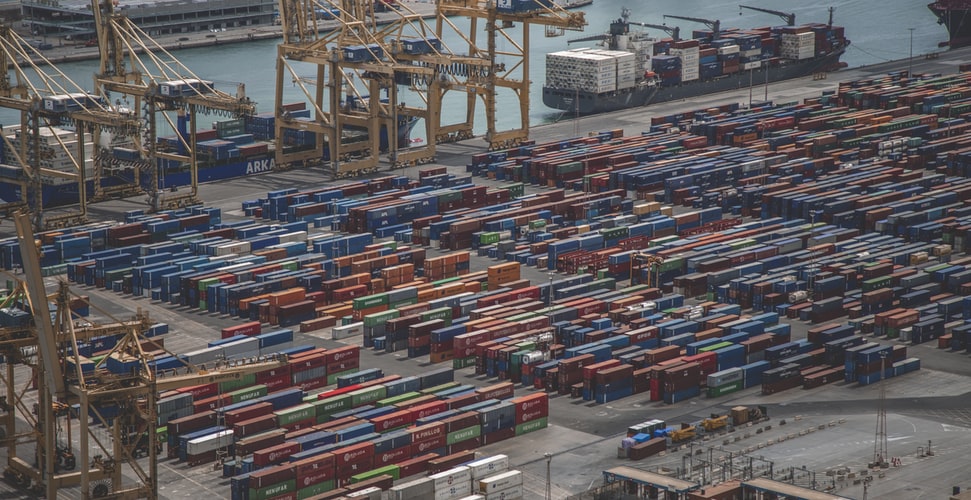Fluctuating Global Trends for Container Port Throughput

In February, Drewry's Global Container Port Throughput Index was recorded at 109.2 points, showing a slight decrease of 0.8% from the previous month, yet demonstrating an 8.3% increase compared to February of the previous year.
The Japan International Freight Forwarders Association, Inc. (JIFFA) anticipates that the index dropped by 1.9% to 107.1 points in March, although it is expected to register a 0.9% improvement on a year-on-year basis. Despite growth in container volumes in Greater China, it was not enough to offset declines in other regions.
Drewry's indices, which are adjusted for seasonal variations, measure volume growth or decline using monthly throughput data from over 340 ports worldwide, accounting for more than 80% of global volumes. These indices started with a baseline of 100 in January 2019.
In February, the Greater China Container Port Throughput Index fell sharply by 13.3% from the previous month to 104.0 points, mainly due to the slowdown during the Chinese New Year holidays, but still showed a 5.3% increase year-on-year. Drewry’s Nowcasting Model anticipates a 2.2% month-on-month recovery to 106.4 points in March, which is still a 2.7% decline from the previous year.
Meanwhile, the North American Container Port Throughput Index rose significantly by 6.8% from January to 109.2 points in February, propelled by a 28% year-to-date increase in throughput at the ports of Los Angeles and Long Beach.
In Europe, the Container Port Throughput Index recorded a substantial 10.1% increase from the previous month to 103.5 points in February, marking a 5.6% increase from the same month in 2023. The rolling 12-month average growth rate improved to -1.2% in February, with predictions of continued improvement in March according to Drewry's Nowcast model.